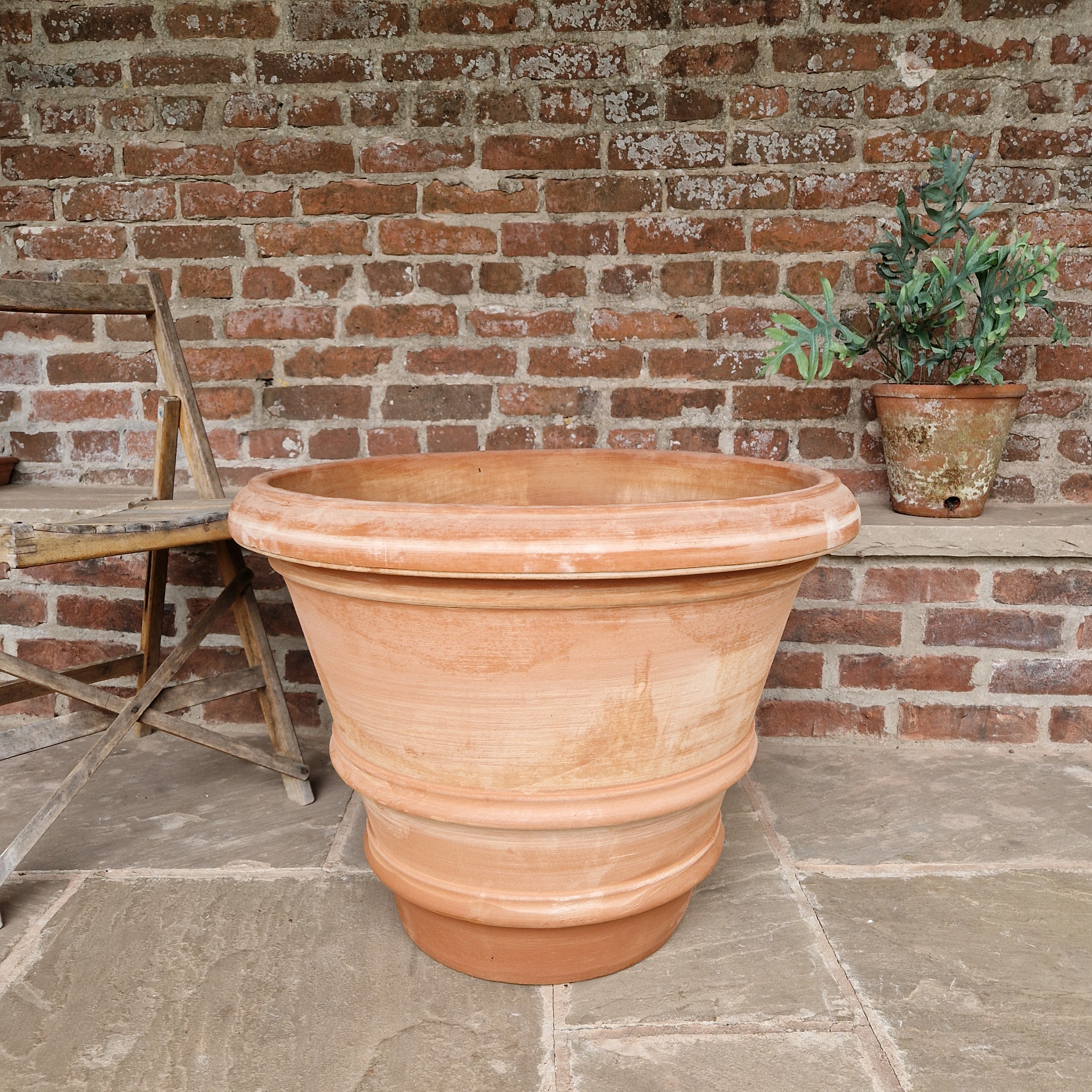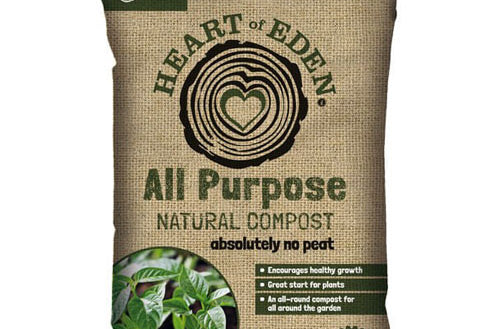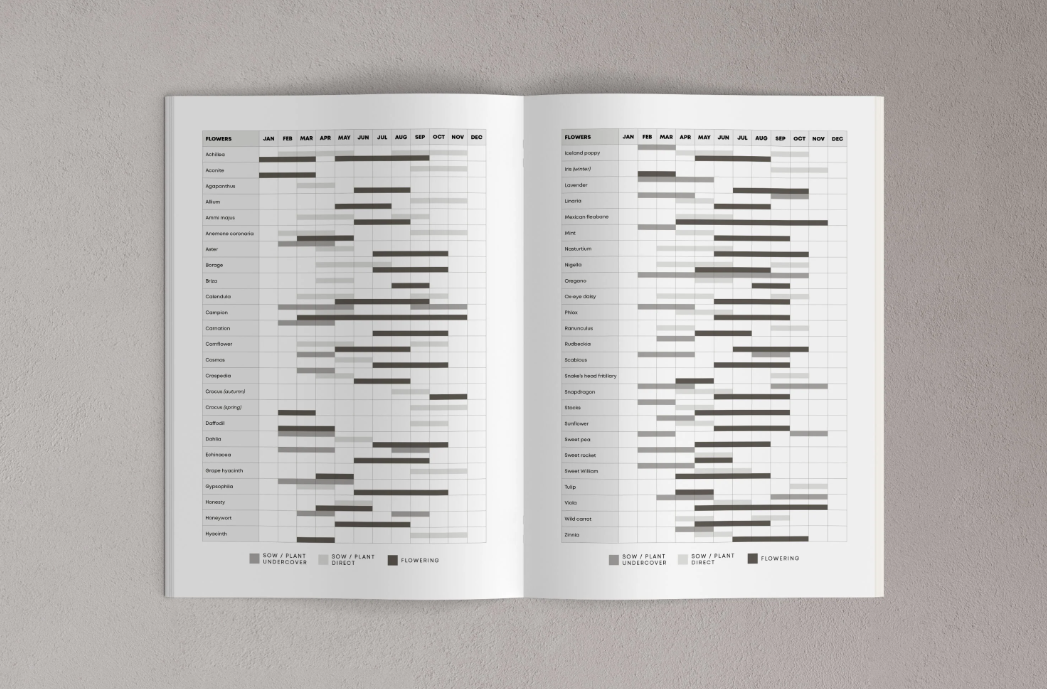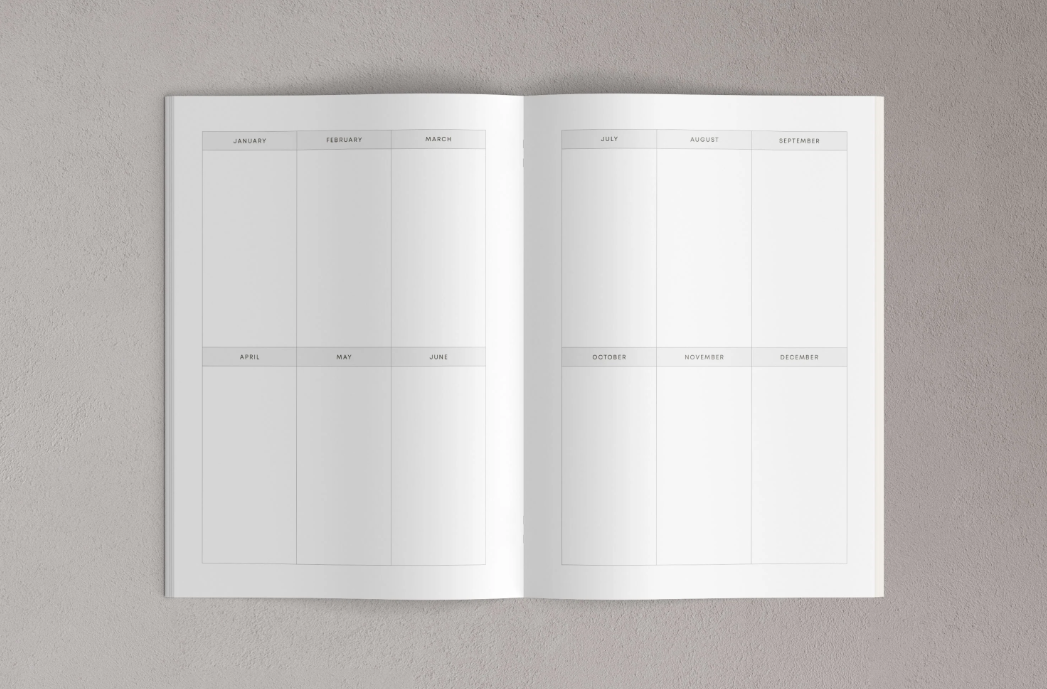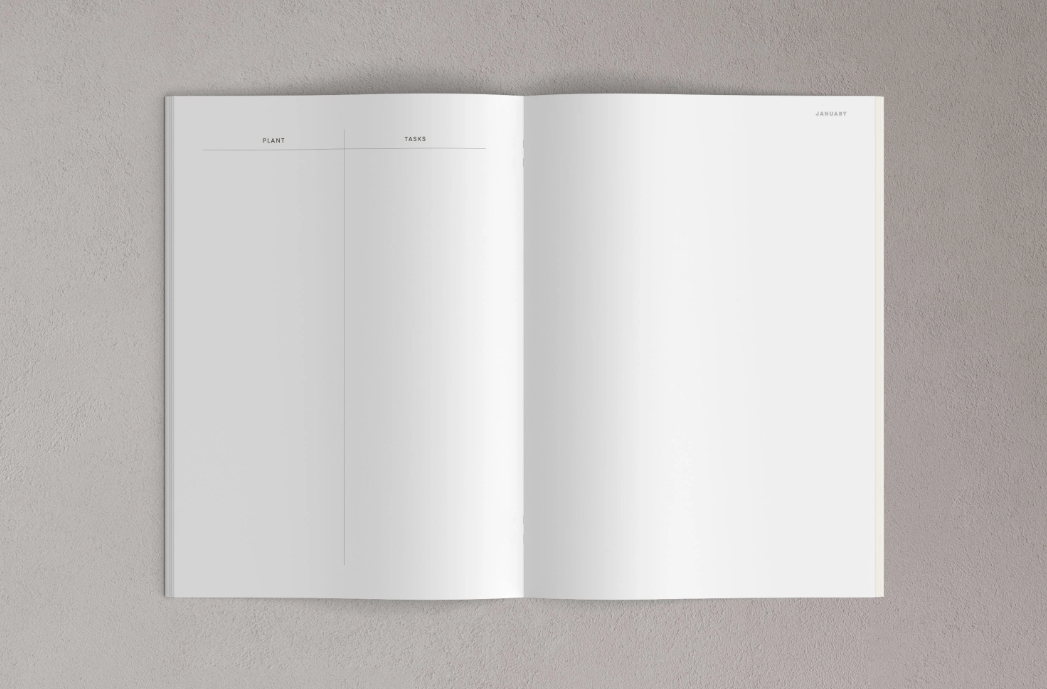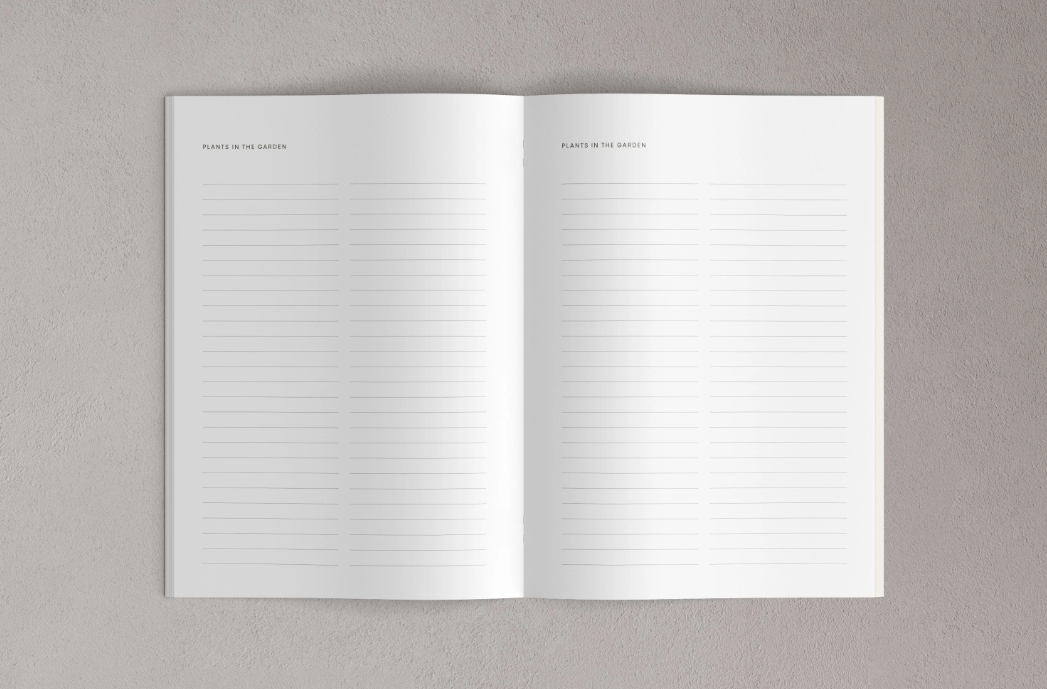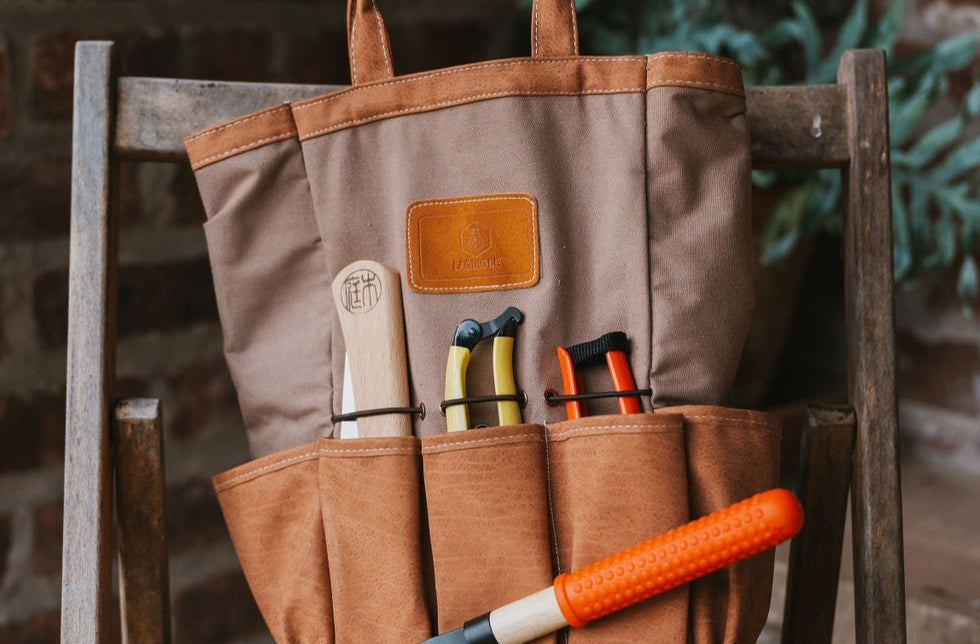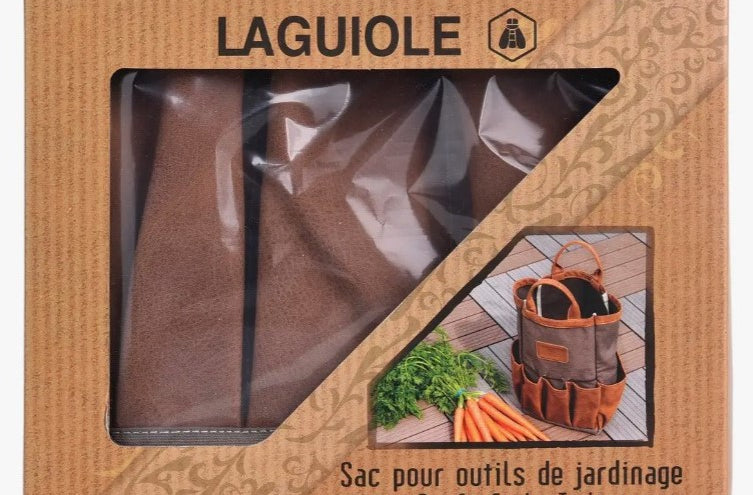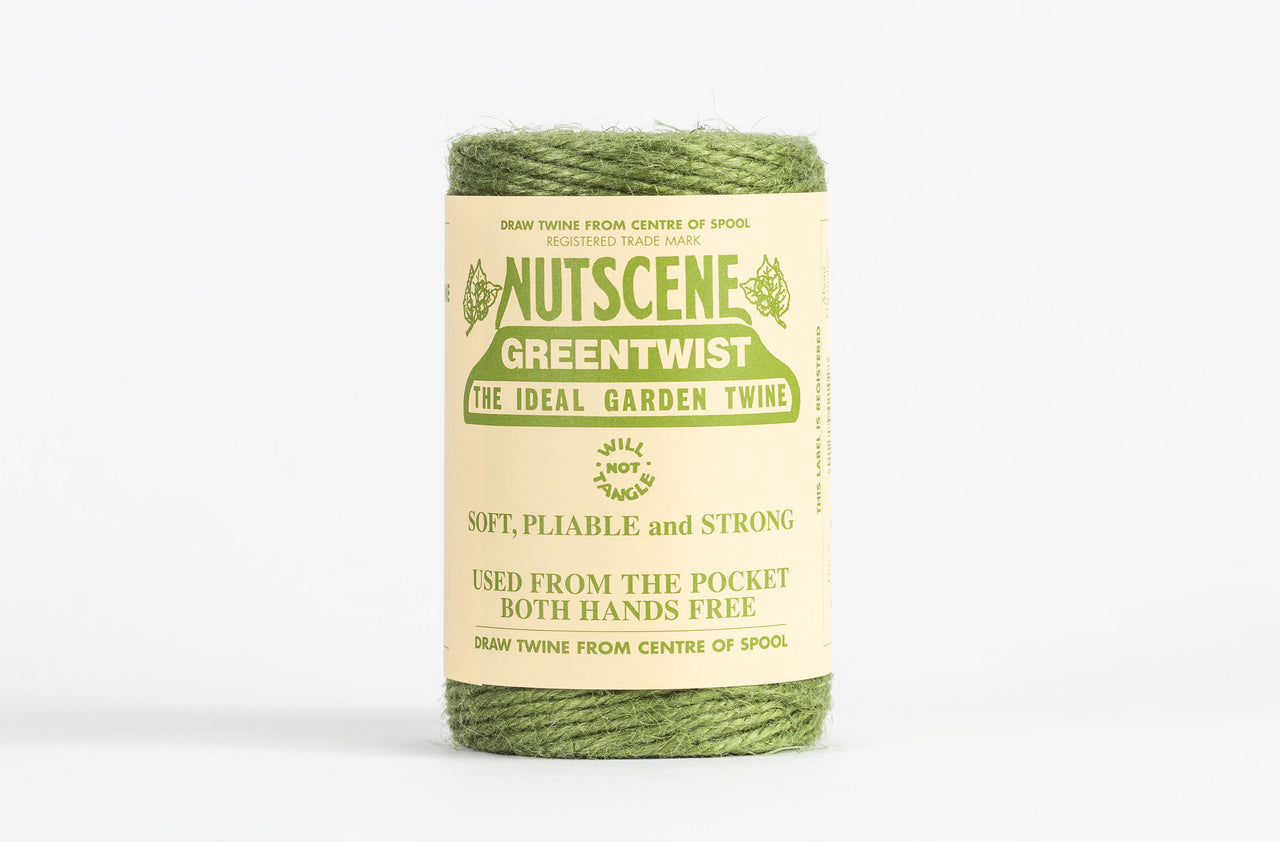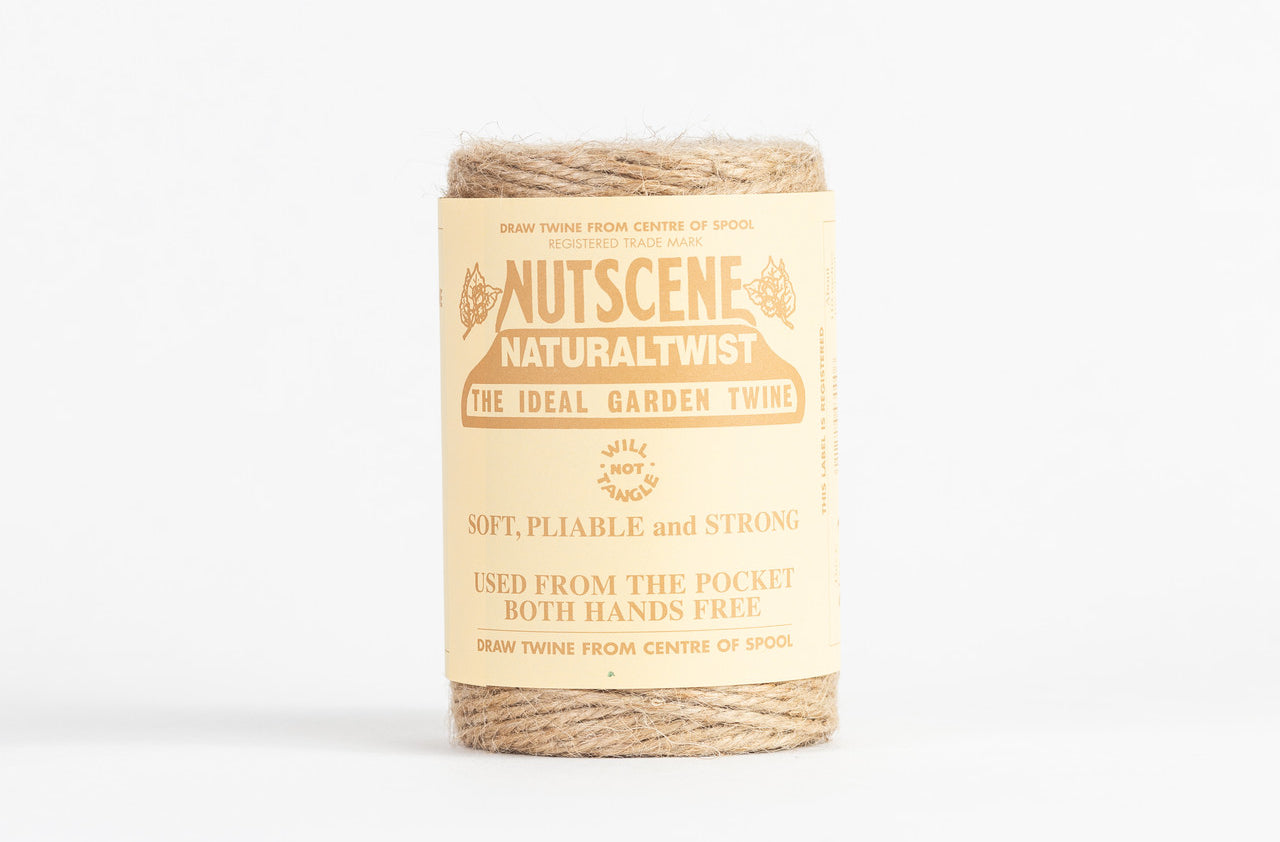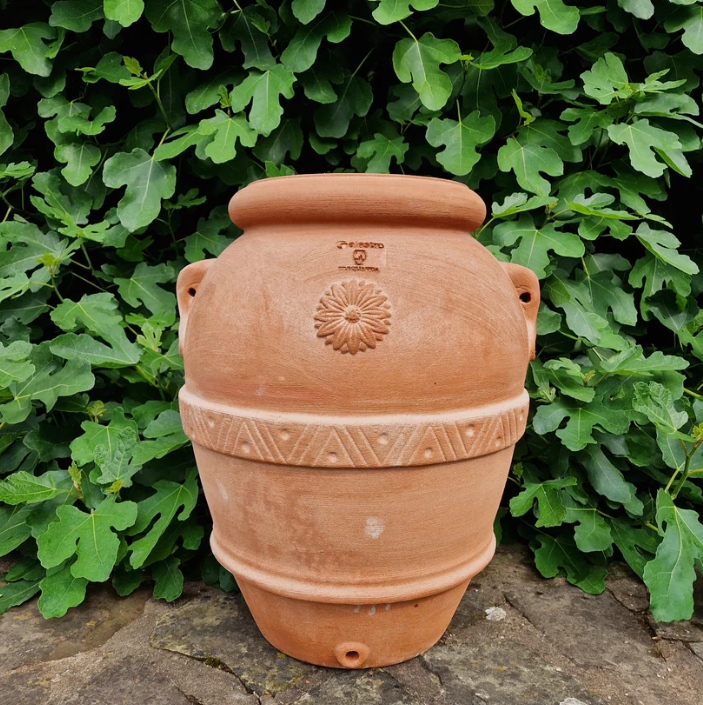Olive Tree 100
Couldn't load pickup availability
Description
A quality, extra mature patio size olive tree in an upgraded 70ltr tub-shaped plastic pot.
Older and more established than standard counterparts with a great, dense crown.
This is a perfect size tree for a large container or for planting in a raised bed.
- Approx. Age, 35yrs
- Approx. Height, 140cm
Every week of the year pots are being sent out across Great Britain.
1) I offer a local ''white-glove'' delivery service that covers a 45 mile radius from Tom's Yard HQ. This fee (calculated off your postcode) covers an entire consignment no matter how many items on order.
2) An economy England & Wales pallet service for just £55. Scottish or off-shore addresses requires a quote. This is charged per pallet however in most cases I can fit more than one pot on a pallet. Sometimes up to 6.
3) A courier service at request for larger jobs or when a more personal service is required.
----------
Delivery prices are automatically calculated at checkout. For further information on the various services, click here or get in touch to chat through your order.
Olive trees never survive in the UK
The trees I source are Olea Europea and these are very well adapted to the UK climate. Remember that the Mediterranean winters can sometimes be as harsh as ours, so Olive Trees are no strangers to cold - or even snow!
What drainage do Olive Trees like
Good drainage is the main criteria for a happy health Olive Tree. Top soil and compost mix can be used; however, soil holds moisture much better than compost. Good drainage can be acquired by using crocks and broken bricks/stones in the bottom of a pot/hole. The use of a French drain can also help if you are planting into poorly drained soil.
Pruning
Pruning is simple! The important thing is to keep the tree pruned back each year to encourage good leaf growth. Imagine a single shoot, pruned. At the point where you prune the shoot, two or three new shoots will spur, which means the shoot suddenly becomes a multi-shoot. Imagine pruning 100 shoots all over the tree to produce 300 new shoots. This is how you develop the crown. In the UK we are less concerned about open centre as Olive fruit is not the priority in the UK. The message is to prune the Olive tree in order to produce a crown to suit your space. There is no science to pruning a tree outside of the commercial environment and the Olive trees do not suffer from die back. This means you can prune anywhere and not worry about pruning just above a shoot. Remember that if you do not prune the tree, then the single shoots will continue to head for the skies. As the shoot matures and thickens into a branch, the mature wood stops producing leaves. If you have seen an Olive tree with all the leaves on the outer branches, and looking rather thin and woody in the centre, then this is the reason!
Watering
Olive trees are incredibly drought tolerant and when living happily on a hillside in Italy or Greece, the roots will travel into the mountain side to find humidity in the soil, enough to keep them happy. However,commercial groves are often irrigated in order to ensure the flower is maintained and the Olive fruit reaches its optimum. Serious drought can sometimes affect the quality and yeild of the fruit – disaster if you are an Olive fruit farmer! The situation in the UK is different. If the tree in planted in the ground, after intial watering for the first growing season, the Olive tree will be completly drought tolerant. If the Olive trees are displayed in containers, the trees roots are not able to find water other than the water we or nature add. Rain falling onto a pot surface provides little benefit. It is important to keep the Olive trees watered during their growing season when in containers, and ensure they do not dry out completly during the winter. No plant on this planet can live without any water!
Feeding
Olive trees survive with little nutrients, but again, if the tree is in a container, provide it with a ‘tonic’ of Tomato food in May as the tree is waking up and then again every 6 weeks through the growing period. It is not essential but will be a benefit to the trees.
Health
Olive trees are incredible strong. They are even fire resistant! Often the leaves of an Olive trees appear ‘nibbled’. This is caused by a leaf beatle and is nothing to be concerned about. It is not detrimental to the trees health and hardly noticeable. Peacock spot on Olive trees becomes apparant after wet winters and continued wet springs. It is not serious unless you are in the business of harvesting fruit on a large scale. Peacock spot, however, should be treated if possible to maintain good leaf cover and avoid excessive leaf drop. Peacock spot can be treated with a copper solution, preferably after a long dry period (easier said than done in the UK!). Mealy Bugs – now these are a pain, especially if the trees are indoors. It is easier to remove this pest by detecting it early. Look for white ‘fluffy’ powder under the leaves and at the leaf axis. The ‘bug’ operates by sucking the sap from the trees (not only olive trees but any plants that are placed indoors). They can be blasted off with a stream of water or a cloth with Alcohol can be used to wipe of the pest. Soap solution also works and it effectively suffocates the little pests. Olive trees will bounce back from most things. Even if the tree loses all it’s leaves, with a little care, the tree will be back and flourishing in no time.
I want an olive tree for a container
Perfect, just make sure that there’s adequate drainage and that you’ve sited the container where you want it. Make sure the container is big enough to house the rootball of the olive tree.
I want to plant my olive tree into the ground
Olive trees thrive when planted directly into the ground. They are happiest in poor soils, sandy, gravel types and chalk. They are also fine in any free draining soil.
The trees also grow well in clay, however, our wetter climate means if you have clay soils, you should consider how long it takes for the water to drain. This is easy to test, as you simply need to dig a hole, fill it with water, and see how quickly the water drains away. If it is still full of water after a few hours then imagine the roots of the Olive tree during the winter = probably too wet. You can help this problem, by only half planting the root-ball and then grading a more free draining soil from the existing ground level to the top of the Olive tree root-ball. If you choose to plant this graded soil with lavender, for example, then the tree will appear natural. Only part planting the Olive tree also means you retain some height so the Olive tree is viewed and enjoyed even more.
All of the measurements for my olive trees are taken from the base of the trunk to around the top of the crown. They do not include the pot.
'I purchased an Olive Tree and a Tuscan Planter from Tom's Yard. The items were delivered by Tom and he planted the tree for me and positioned the pot. I'm very pleased with both items and they look stunning in my garden. Tom also gave me advice on how to care for the Tree. I would highly recommend Tom, he's a very nice chap and a true professional. I will buy from him again.'
